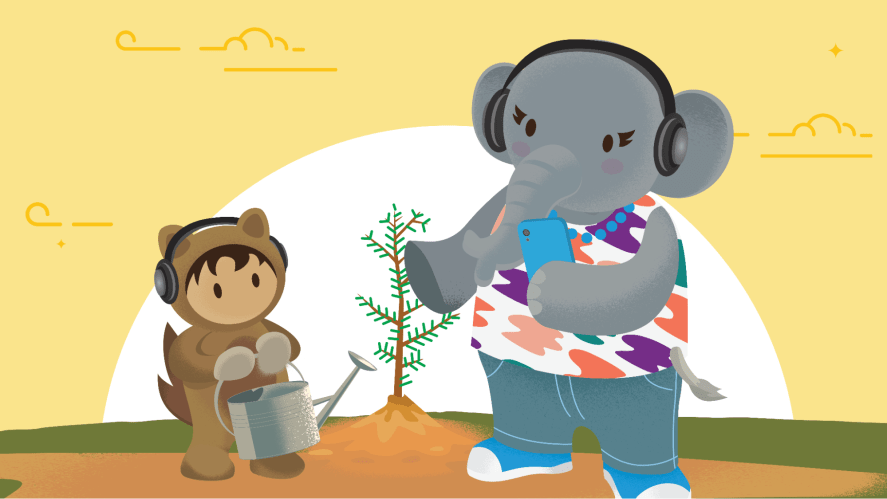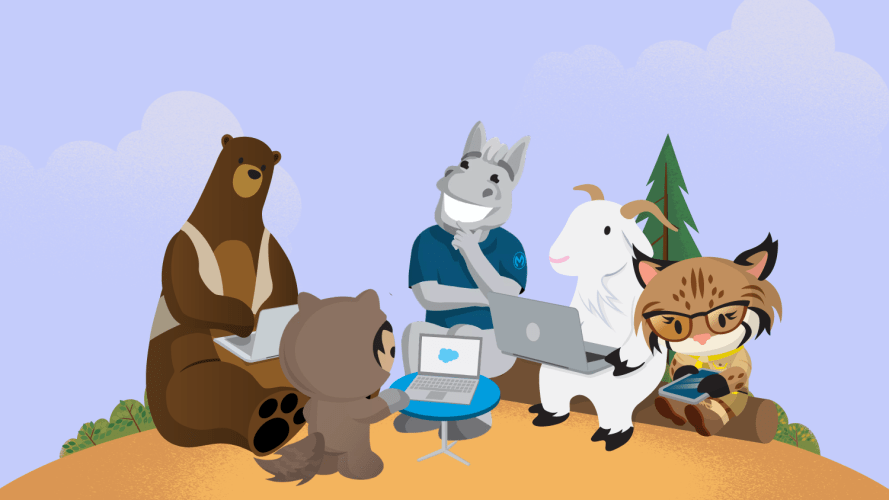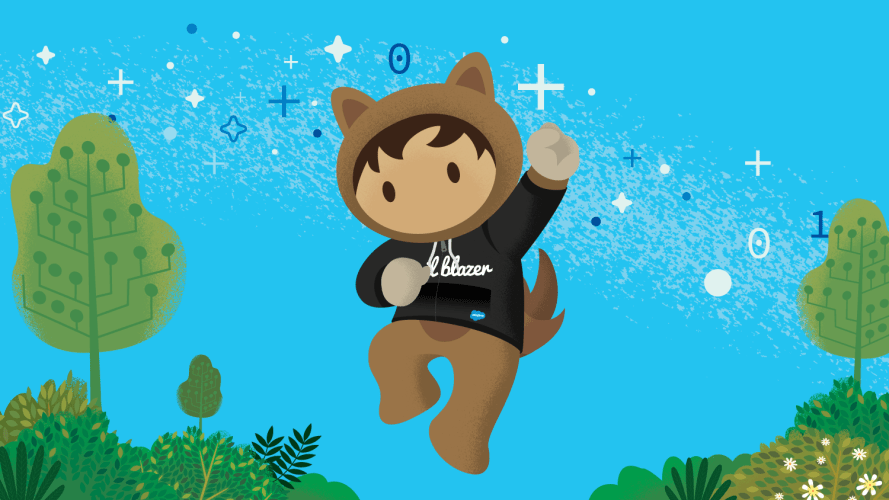In the past two years, we’ve seen the pandemic turn our lives upside down, the calls for social justice grow more urgent, our political system nearly crumble, and employee attrition reach unprecedented levels. People are overwhelmed, feeling lost, and rethinking their life choices. All of this has led to business leaders’ realization that they needed to do something — fast. They started asking what they could do that would engage employees, improve their own diversity, equity, and inclusion (DEI) policies, and improve their employees’ mental health and wellbeing.
Employee resource groups
At the intersection of all these goals are employee resource groups (ERGs). ERGs, also often called affinity groups or business communities, provide ways for employees to connect with one another, bring up difficult topics — led by people with personal experience — and influence corporate practices and policies in a safe way. We noticed an increasing number of questions about ERGs during webinars as well as on the community boards of the Association of Corporate Citizenship Professionals (ACCP).
The realization that employees are key stakeholders for a company has led business leaders to recognize that ERGs are critical tools to align stakeholder needs, shape corporate strategy, connect employees to one another for a common purpose, contribute to community healing, and advance the overall success of a company.
Questions about how companies typically structure, fund, lead, and organize their ERG programs were asked repeatedly. Many ACCP members were particularly curious about how ERGs tied in with corporate social responsibility (CSR) and whether connecting ERGs with giving back was an effective way to engage employees and drive awareness and participation.
So Salesforce partnered with ACCP to survey 138 companies to research the structures, operations, and impact of ERGs. We surveyed ACCP’s member community, as well as others in the HR, CSR, and DEI professions.
We created a report that summarizes those responses in an effort to provide guidance and validation for companies just starting down this path, as well as companies with an existing foundation, to generate deeper engagement, happier employees, an aligned corporate strategy, and a stronger global community.
Findings
In general, we found a strong correlation between DEI and ERGs, with nearly all respondents saying ERGs boost company culture and champion DEI initiatives. Three-quarters of responding companies’ ERGs participate in volunteer activities, and half raise funds to support community efforts. And public-facing websites and third-party platforms were viewed as the most effective channels at promoting ERG activities.
In addition, we asked what the primary objective is of a company’s ERG, and how effective its ERGs are at achieving that objective. We also asked about how they promote activities and how effective those promotions are.
Companies told us their greatest needs for improvement, as well as whether they extend ERG participation to remote and international employees. Finally, we dived deep into the leadership structure and which types of leaders (volunteers or assigned leaders, employees or executives) were most effective.
Team Earth has landed
We believe that business is the greatest platform for change, and success should be for everyone on Earth and the planet itself. Because the new frontier? It’s right here.






























